S.3693 The “50/14” Cash Market Cattle Mandate
requires beef packers to purchase 50 percent of the fed cattle they slaughter each day on a cash, spot-market basis, to be delivered and slaughtered within 14 days (so-called “50/14”).
Background:
Since 2002, according to USDA data compiled by economist and industry expert Dr. Nevil Speer, while the number of cattle sold on a cash market basis has declined 55 percent, …
- Beef imports into the U.S. have dropped 5 percent;
- Live cattle imports into the U.S. have dropped 13 percent;
- Beef grading at the top two quality grades – Choice and Prime – has increased 39 percent;
- Consumer’s per capita expenditures on beef has increased 56 percent; and
- The annual average price of fed steers has increased 75 percent.
NAMI Position:
This proposal is a one-size-fits-all, permanent federal regulatory solution to a temporary problem and would have adverse, unintended consequences to the U.S. beef – and cattle – sectors.
According to a May 2020 white paper written by Colorado State University economist Dr. Stephen Koontz, “there are almost no benefits and considerable costs due to lost efficiency and product quality” to such a mandate. According to Koontz, the short‐term impact for a policy most like what is being proposed “is a $2.5 billion negative impact in the first year and a cumulative negative impact of $16 billion over 10‐years.
Dr. Koontz draws from econometric research mandated by Congress and published by USDA’s when similar market regulation was last considered in 2002 – the Livestock and Meat Marketing Study. As the Koontz paper notes, that peer reviewed study was produced by 30 researchers, in four teams, over nearly three years of research, and published in six volumes.
By definition, the 50/14 concept would reduce the use of other forms of procuring cattle, including forward contracts, various formula-based contracts, and so-called grid pricing, which applies premiums and discounts for various carcass attributes to a base price for cattle. These pricing methods – collectively known as alternative marketing arrangements (AMA) – combined with the negotiated cash market pricing, have served U.S. cattle producers, the beef industry, and consumers well over the past two decades.
The 50/14 proposal, would
- … impact cattle producers and feeders differently in different parts of the country; while the national average of cash market transactions is between 20 to 25 percent of cattle marketed, in some parts of the country it is well above 50 percent, and in other areas it is lower.
- … reduce options for cattle producers and feeders and packers; under the current market driven options for purchasing cattle, the number of both cash market and AMA transactions can vary significantly from month-to-month and even from week-to-week.

